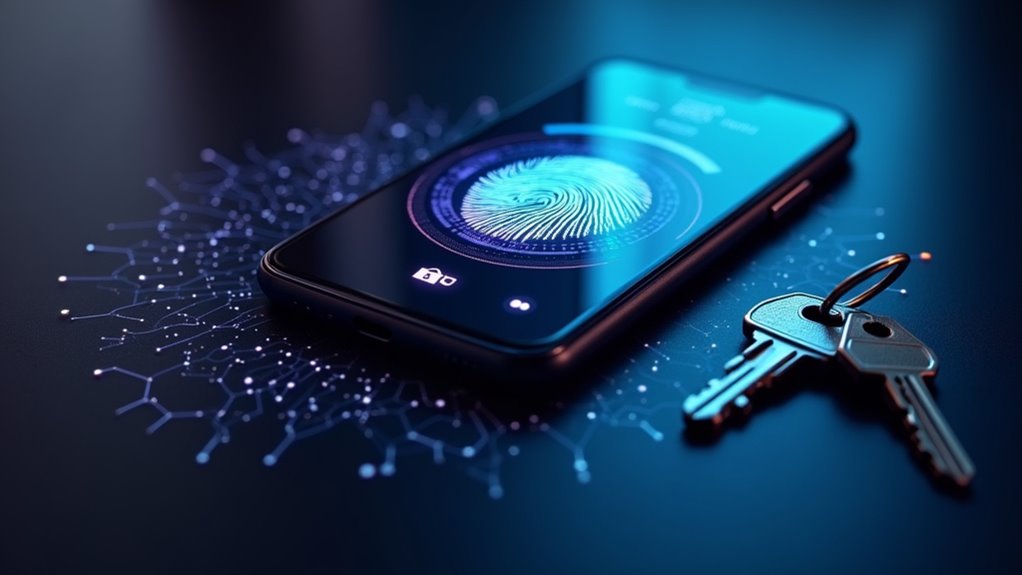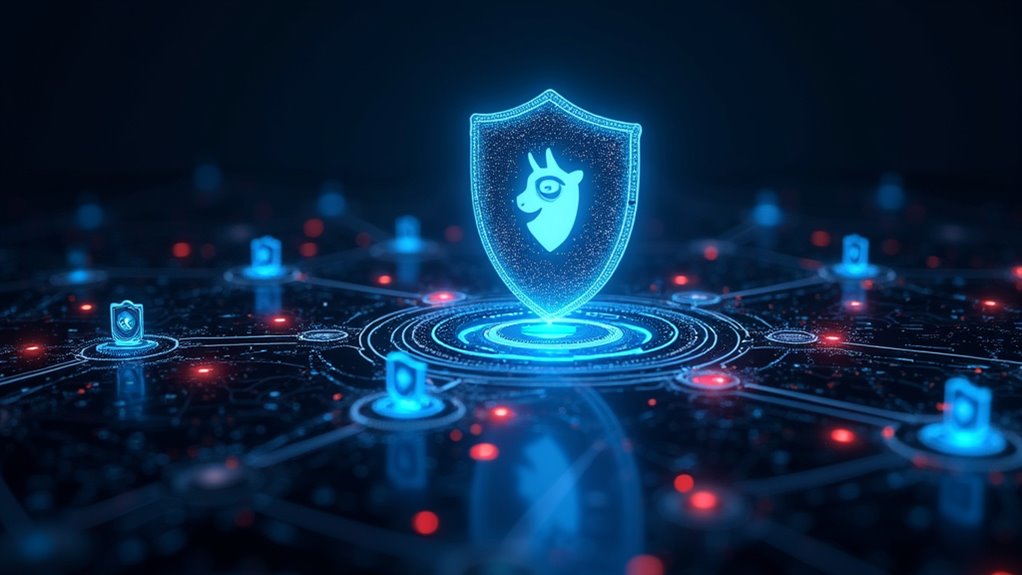Reality-check: Deepfakes are basically Photoshop’s evil twin, only for your face and your voice—think Tom Cruise selling crypto, except it isn’t him. With a 700% spike in incidents last year and “spot the fake” accuracy hovering at a meh 62%, scams are getting so slick even your grandma’s cat could fall for one. Laws can’t keep up, trust is tanking, and decision-makers are often clueless. If you want the real scoop (and a few raised eyebrows), stay tuned.
- Fintech? Incidents up 700% in 2023.
- Human eyeballs? Only about 62% accurate at spotting a fake.
You’d think everyone would be on high alert, but 31% of decision-makers don’t even see deepfake fraud as a risk.
A quarter of business leaders have never heard of them.
Meanwhile, legislation and detection tools scramble to keep up, as governments and private companies invest in systems to spot these digital chameleons.
Legislation and tech race to outpace deepfakes, as both public and private sectors scramble for reliable detection solutions.
The lack of regulatory frameworks further complicates efforts to combat this growing threat as legal systems struggle to address AI’s rapid evolution.
Across industries, the deepfake market is projected to reach $13.89 billion by 2032, highlighting the rapid expansion and high stakes of this evolving threat.
Deepfake incidents surged to 179 in Q1 2025, surpassing last year’s total by 19%.
Society’s trust in media authenticity? Hanging by a thread.
Misinformation concerns are up, and the race to regulate AI-generated content is just heating up.
In short: paranoia 2.0 isn’t just justified—it’s trending.









